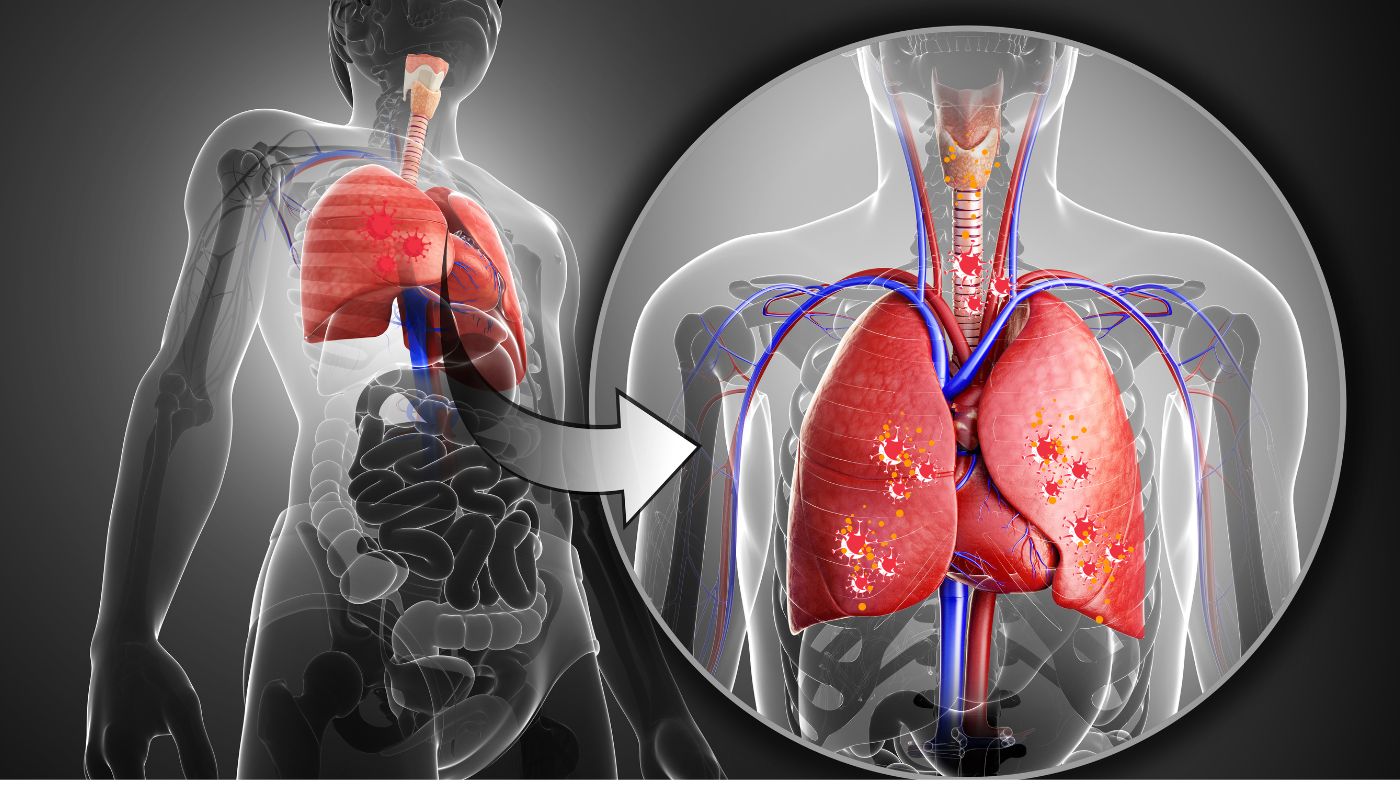|
How long does radon take to cause cancer? This is a question that lingers in the minds of many individuals who are concerned about their health and well-being. Radon, an invisible radioactive gas that occurs naturally through the decay of uranium in soil, cannot be detected without proper testing as it remains undetectable by the human senses. As it exists at low levels in outdoor air, radon can accumulate to dangerous concentrations indoors - particularly in confined spaces such as basements and crawl spaces. This article will delve into the truth about radon and its potential dangers to human health. Is Radon Really That Bad? Unraveling the MysteriesHere are a few key points that may help you comprehend the dangers associated with radon: Radon Exposure and Lung Cancer: Learning the ConnectionOne of the greatest dangers posed by exposure to radon is lung cancer, according to multiple studies conducted by organizations like WHO and USEPA. Radon exposure has been identified as the second leading cause of lung cancer after smoking - it is estimated to cause thousands of lung cancer deaths every year. When inhaled, radon gas decays and releases radioactive particles, which become lodged within the lungs and release radiation, gradually damaging lung tissue over time. Prolonged exposure to high radon levels causes lung cancer in those with smoking histories or individuals exposed over a long period. Radon Danger: Understanding Health RisksRadon poses an imminent health threat as an invisible intruder. While other pollutants might produce immediate symptoms or discomfort, radon exposure does not produce immediate visible effects in its short-term presence - meaning individuals could breathe it in for years without being aware of its dangers to their well-being. Exposure to high radon levels for extended periods can increase your risk of lung cancer. Although its effects may take years, taking preventive steps and testing for radon in your home regularly is critical in protecting its inhabitants from its dangers. Radon Testing: A Vital Step for ProtectionRegular radon tests are an easy and necessary way to protect yourself and those around you from exposure to this potentially lethal gas. Testing kits are readily available online or from local hardware stores; place a detector in the lowest livable area for several days up to several months for your home to collect data that can then be analyzed to determine whether remedial action needs to be taken. At least every few years, conducting a radon test in your home is recommended since levels can fluctuate due to environmental conditions, construction methods, and ventilation systems. Mitigation: Reducing Radon Levels in Your HomeIf testing indicates elevated radon levels in your home, immediately mitigating them is imperative. Radon mitigation techniques aim to lower radon gas concentrations to safer levels to minimize any potential health hazards. Common mitigation techniques are
Consult a radon mitigation specialist to assess your situation and select an effective mitigation strategy for your home. Radon in the Community: Raising AwarenessAddressing the radon problem requires collective efforts from all members of society; raising awareness is key in combating its harmful health effects and raising the appropriate levels. Local governments and health organizations play an integral role in providing education about testing for radon exposure as well as resources for mitigation. By sharing knowledge about radon exposure and encouraging testing and mitigation efforts, we can all work towards creating safer living environments and decreasing risks associated with this radioactive gas. Final ThoughtsRadon poses a grave health threat that should never be underestimated. Yet, its invisible nature necessitates taking precautionary steps against this radioactive gas to safeguard oneself and your loved one from its potentially fatal effects. Regular testing for radon in residential spaces, particularly apartments, is essential to detect and mitigate any elevated concentrations as soon as possible. Professional mitigation techniques may help significantly decrease these concentrations and, therefore, lower the risks associated with lung cancer. Remember, knowledge is power. By keeping informed about radon's risks and effects on health and promoting a safer living environment for yourself and your loved ones, you can take effective steps to safeguard health while creating a more comfortable living space. With that in mind, take all necessary precautions and act immediately to decode its potential dangers. FAQsDoes radon warrant concern?Radon is currently the second most common cause of lung cancer in the United States, according to the country's Surgeon General. You have a particularly significant risk of developing lung cancer if you smoke and your home has high radon levels. How harmful is radon to people?When you breathe in radon gas, it decomposes into radioactive particles that can become stuck in your lungs. These particles generate little energy bursts as they decompose more. Throughout your lifetime, this can harm lung tissue and cause lung cancer. Is it true that radon causes cancer?What causes cancer in radon? Rapid radon decay releases small radioactive particles. These radioactive particles can harm the lung's lining cells when inhaled. Lung cancer is the only cancer confirmed to be linked to breathing radon and can be brought on by prolonged exposure to the gas. How come radon is so stable?Given that there are no stable isotopes of radon, it is radioactive. Radon-222 (222Rn or Rn-222) is the most stable isotope, having a half-life of 3.8 days (92 hours). The disintegration of radium, uranium, and thorium—its longer-lived progenitors—maintains the radon concentration in soil and rock.
0 Comments
|
AuthorColorado Springs Radon Mitigation is a professionally licensed radon team Categories |
COMPANY INFORMATIONADDRESS
Colorado Springs Radon Mitigation 1885 Pima Dr Colorado Springs, CO 80915 MONDAY TO SUNDAY
8 AM–8 PM |
LINK RESOURCES |
CALL US NOW!
SOCIAL MEDIA |


